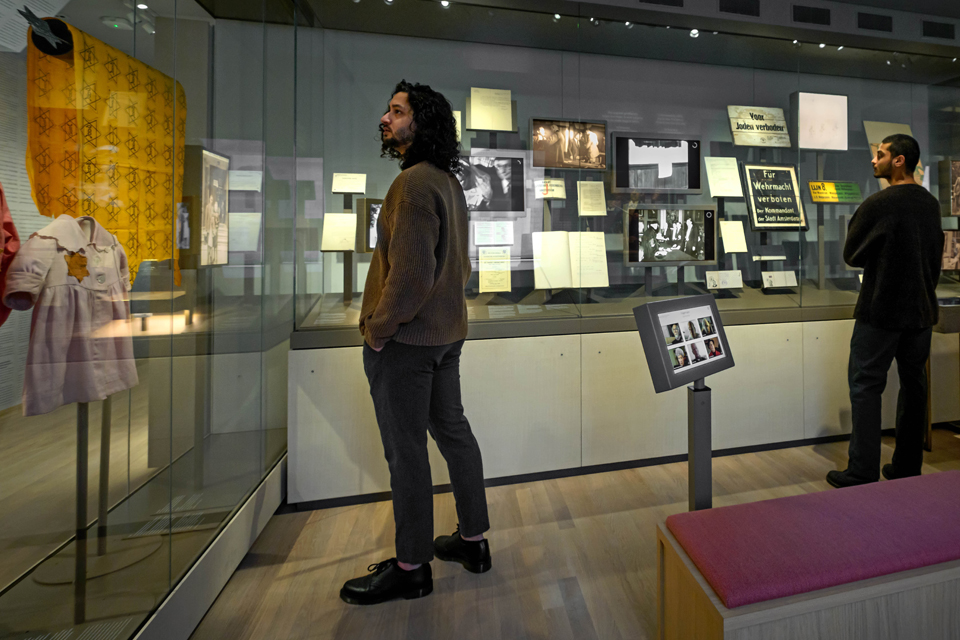Alongside stimulating panel discussions and plenary sessions, conference participants are invited to take part in additional events, including our Death Book Club, and optional excursions in Utrecht and to Amsterdam.
Death Book Club
Wednesday 27 August, 15.00-16.30
During the DDD17 conference, the Death Book Club will feature three different authors, each presenting their own work.
Prior to the conference, we invite participants to read any of the three books below. (Please note: books should be purchased at your own expense.)
During the conference, every session includes a brief author talk, followed by a Q&A. At the end of each session, participants will have the opportunity to join a discussion about the book they read in preparation.
The books:
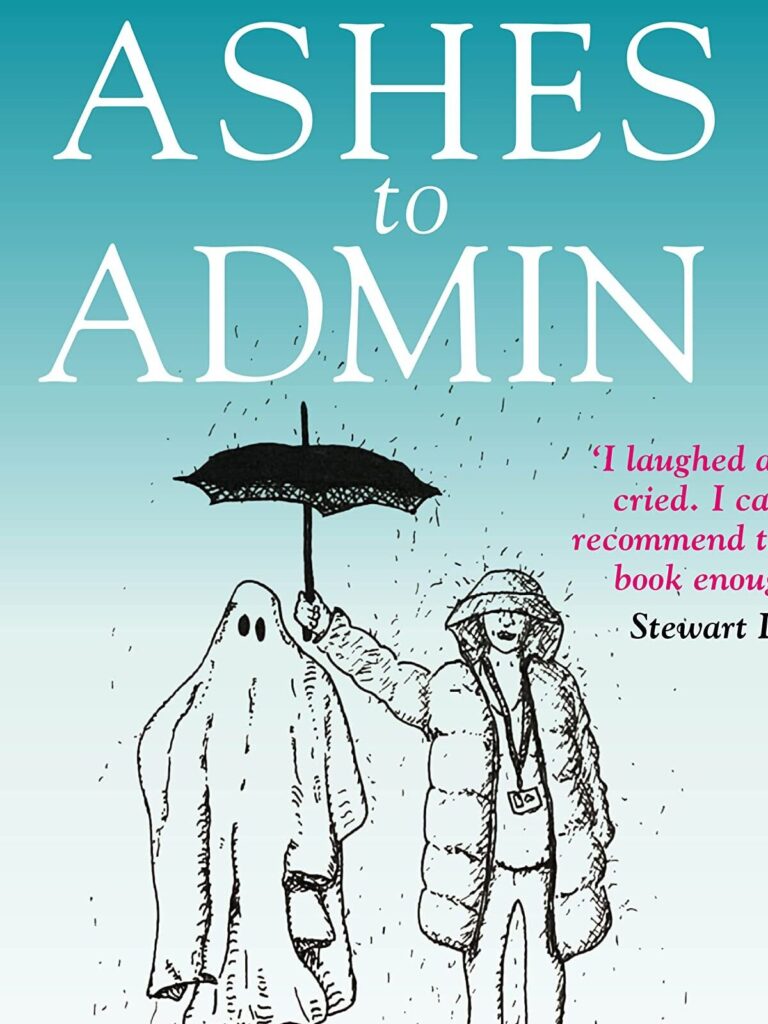
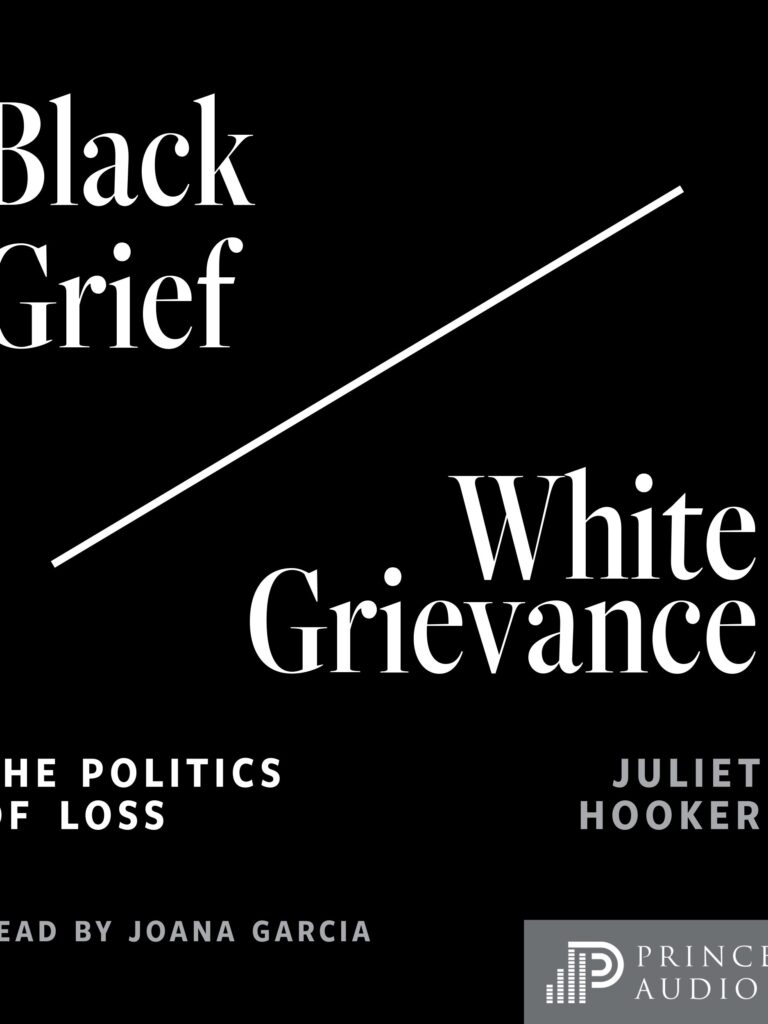
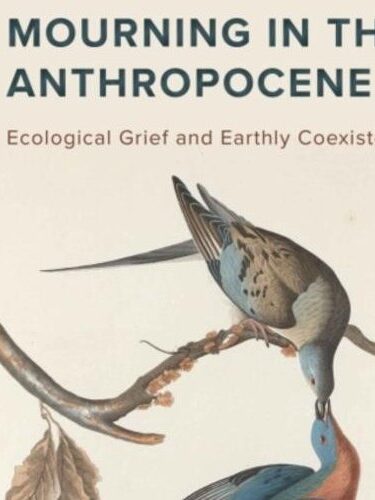
Evie King – Ashes to Admin: Tales from the Caseload of a Council Funeral Officer
Juliet Hooker –
Black Grief, White Grievance: The Politics of Loss
This book can be purchased with 30% discount, code: “PUP30”
Joshua Trey Barnett – Mourning in the Anthropocene: Ecological Grief and Earthly Coexistence
This book can be purchased with 20% discount, code: “MSUP25” via this link
Dark Tourism @ Utrecht
Thursday 28 August, afternoon
Excursion registration closed August 1st. It is not possible anymore to register.
We are delighted to offer conference participants the opportunity to experience Utrecht from a unique and thought-provoking perspective through our specially curated DARK TOURISM TOURS. Participants can choose to join either of three tours, explained below.
The excursions:

Traces of Slavery City
Walk
More info
Discover Utrecht’s intricate ties to the history of colonial exploitation, slavery, and the global slave trade. Though this past may seem distant, the city—including its former residents, administrators, and civic institutions—played a notable role in colonial enterprises, investment in plantations, and slave ownership. Accompanied by a knowledgeable guide, you will visit significant sites in the historic center where narratives of slavery and exploitation continue to resonate.
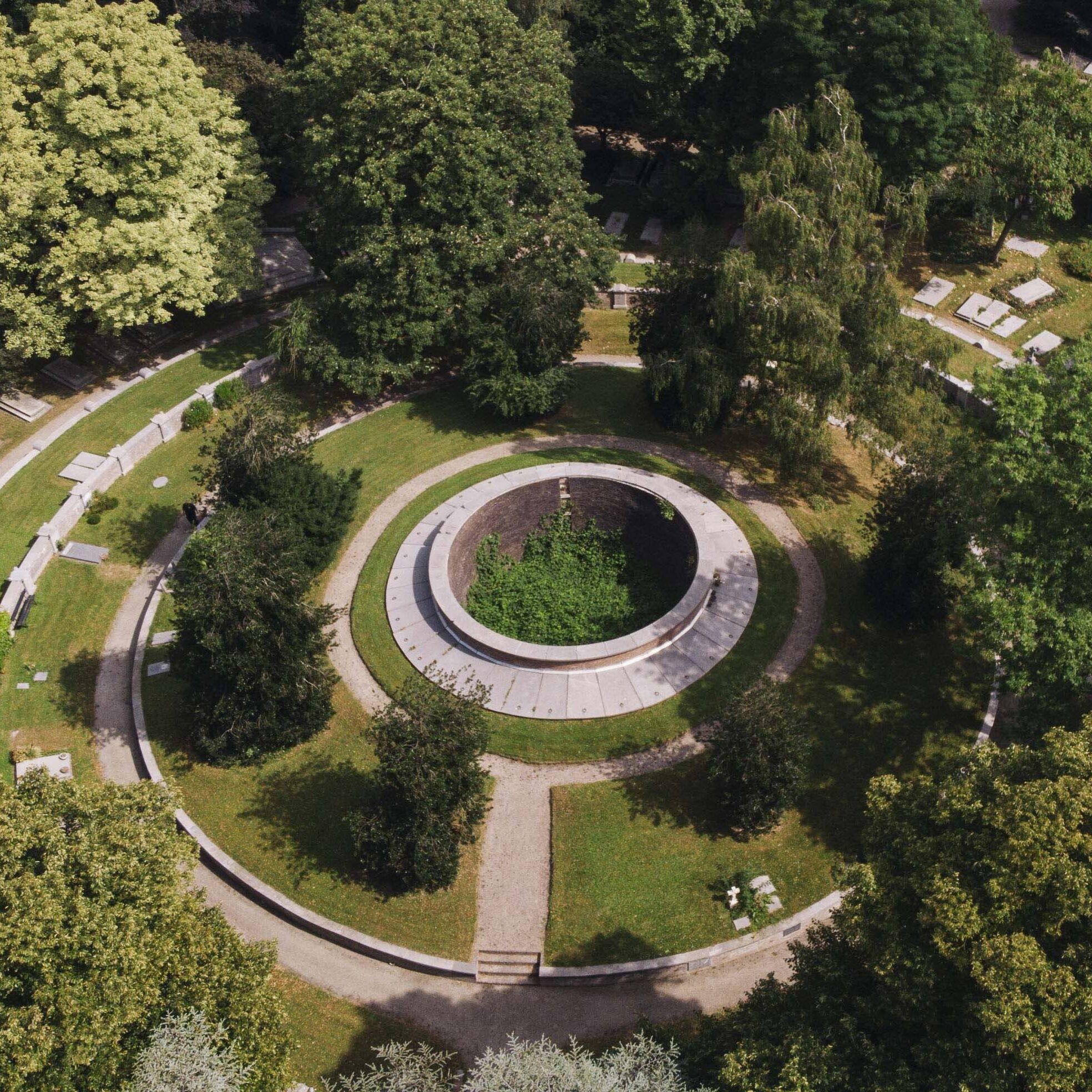
Guided Tour of Soestbergen Cemetery
More info
Explore Soestbergen, Utrecht’s oldest public cemetery, established in 1830. Renowned for its winding paths, venerable trees, and striking circle of burial vaults, this cemetery reflects the evolving history of Utrecht over nearly two centuries. During this tour, you will uncover how the city’s heritage is represented through tomb monuments and the spatial arrangement of the grounds over time.

Travel to a Japanese mystical mountain in the middle of the city (Mountain of Fear)
More info
Come to your senses in this guided theatrical walk, accompanied by artist Tim Hammer and a puppet sculpted for mourning.
Inspired by the secluded temple of Osorezan, the ‘mountain of fear’, you are invited to join this introspective experience, transforming your direct surroundings into metaphors for mourning.

* This experience will be available as an individual walk for the duration of the seminar. This one time only, the artist will be present, adding a collective experience to this walk. The walk will be followed by a curated moment of sharing. Mourning is just as much an individual process as something that benefits from sharing.
Excursion to Amsterdam museums on death and memorial culture
Saturday 30 August, afternoon
Excursion registration closed August 1st. It is not possible anymore to register.
You can join the museum excursion to Amsterdam on Saturday August 30th. A touring car will take you to the infamous Dutch Funeral Museum Tot Zover (So Long) and the recently opened National Holocaust Museum. Both museums excel in curating (dis)comfort around death, but from different cultural and artistic perspectives. After the visit you are free to roam Amsterdam or hop on a train back to Utrecht.

Schedule
- Departure: The bus leaves Utrecht city at 1:00 PM
- Funerary Museum So Long: Arrival at approximately 1:45 PM, followed by a one-hour visit
- Holocaust Museum: The bus will proceed to Amsterdam’s Museumkwartier, providing an opportunity to explore the museum at your own pace
- After the Visit: Feel free to continue exploring Amsterdam or return to Utrecht at your own convenience (return travel not included)
The museums:
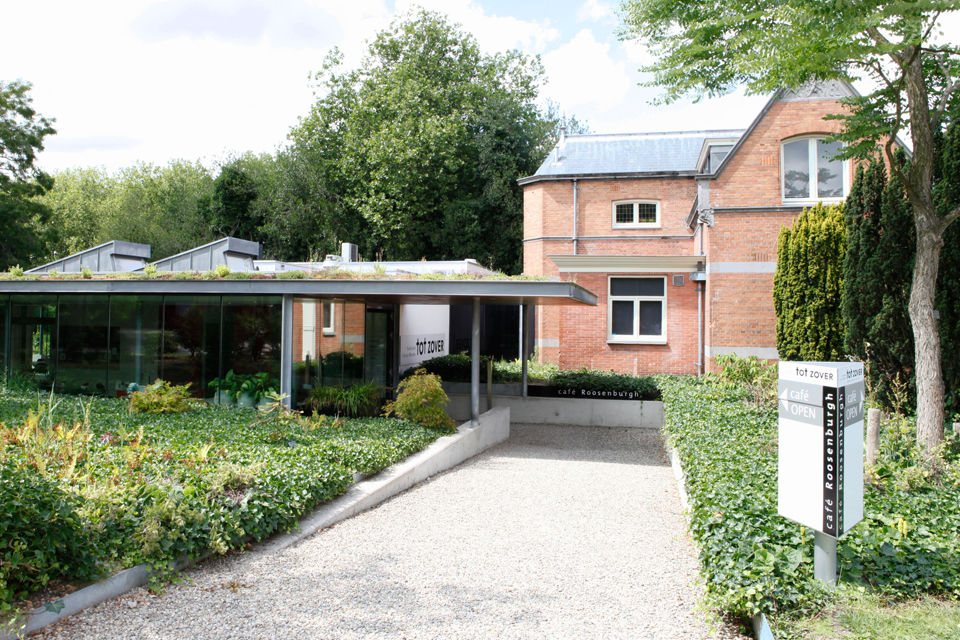
Museum Tot Zover (So Long)
More info
Tot Zover (So Long) is the Dutch museum about life and death in Amsterdam, known for high-profile exhibitions, impactful events and its open approach to mortality. At the museum death – and all its aspects – is living culture. It has historical artefacts but also contemporary funeral rituals of diverse Dutch cultural groups on permanent display. The museum wants to invite a conversation about death, not as something gloomy but as an essential part of life. Curatorial choices are ‘close to embodied experience’ and the tone of voice is open, light-hearted ánd loving. Taboos are not shunned.
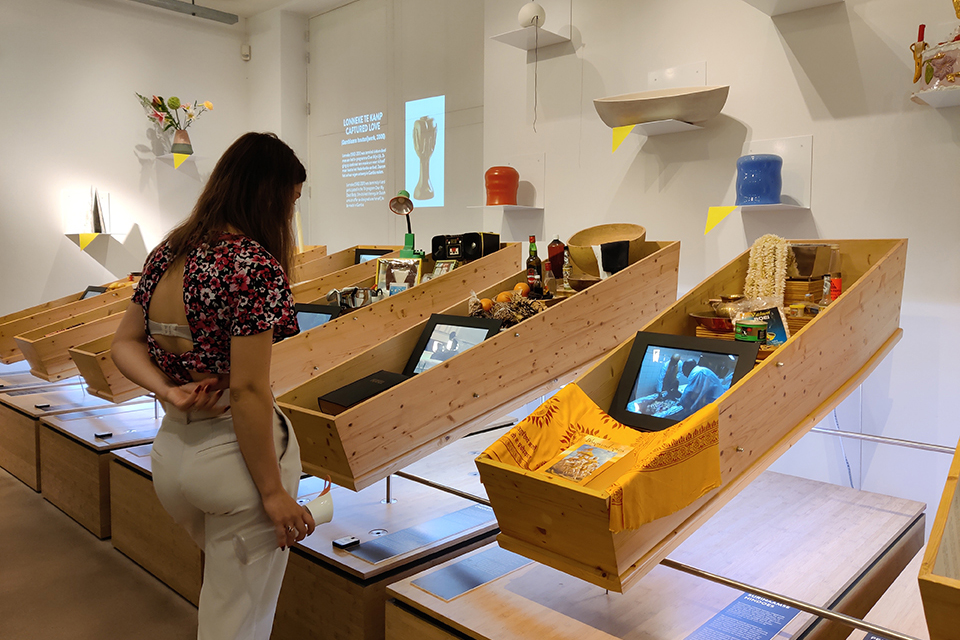
The museum is located at the grand Amsterdam municipal cemetery The New East, the audiotour runs between the graves and daily many funerals take place. Housed in the old undertakers building with a modern extension to suit the exhibition halls and café: life and death literally come together.
Currently on show: Travelers – new death portaits in the collection, including the famous coffin photography series by Elisabeth Heyert (USA). A Delicious Death – the role of food at end of life, the wake, funeral and commemoration and Grave series, photographs of the things people put on graves like animal statues, Buddhas, angels, hearts, footballs and gnomes.
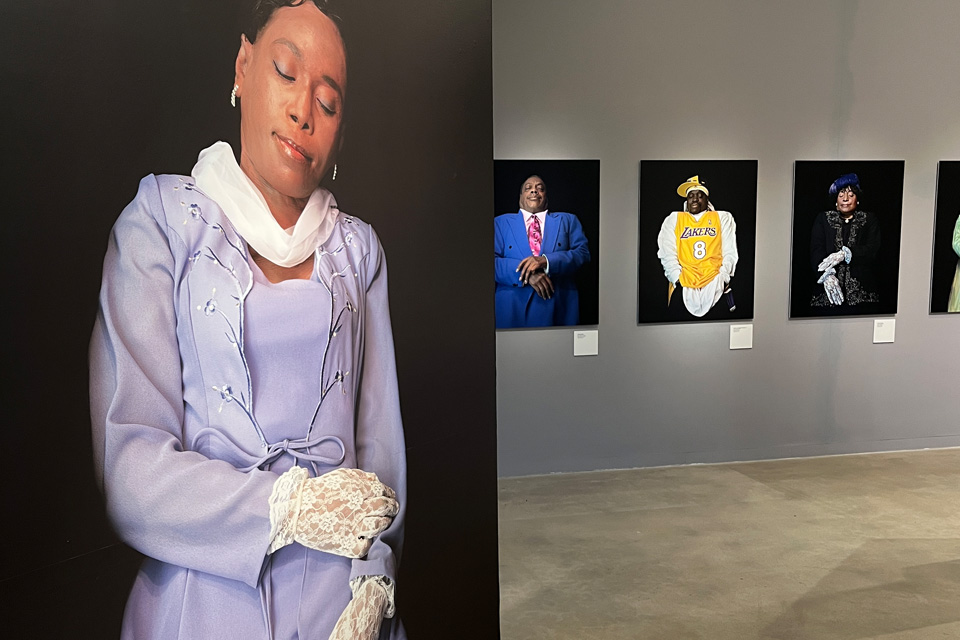
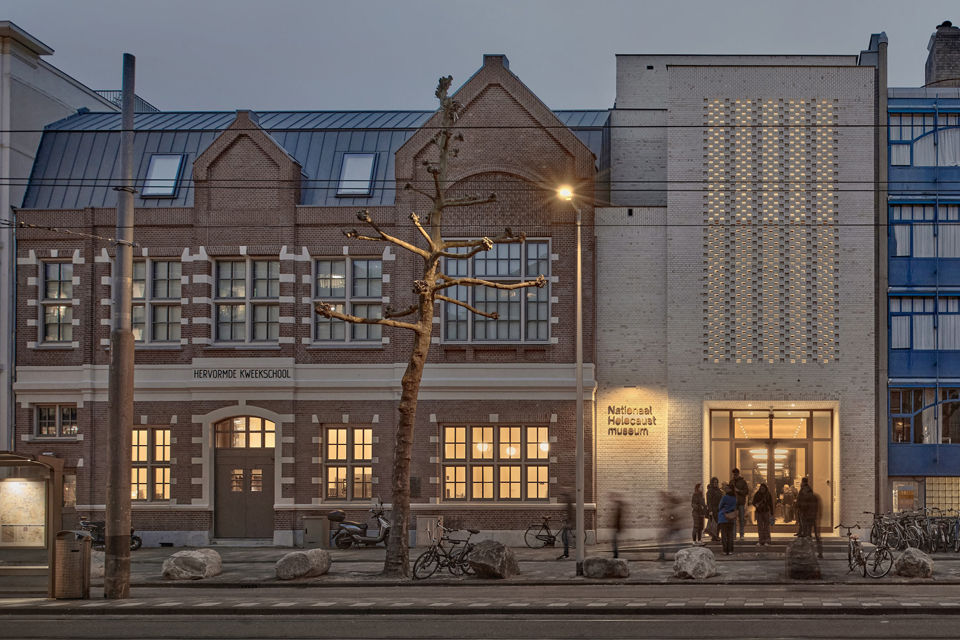
Holocaust Museum
More info
Learn all about the Nazi persecution of the Jews in the Netherlands in this – somewhat contested – museum that opened in 2024. Three-quarters of the Dutch Jewish population – 102,000 people – were killed by the Nazis during the second world war, the highest proportion in western Europe. But, unlike some other countries, the Netherlands has never had a national museum devoted to those horrors, until recently.
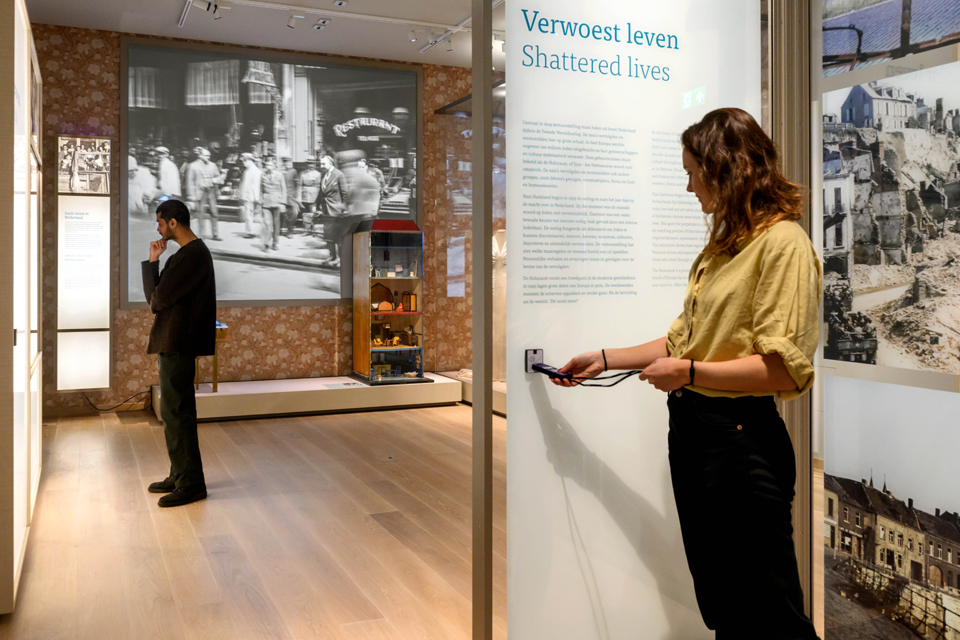
This museum is according to some ‘a decisive moment in Dutch memory culture’, as it reflects a very long history of processing the invisibility of the subject in Dutch public space. The museum opened amid protests by human rights groups that voiced their anger at Israel’s continuing offensive in Gaza.
On the other side of the street from the museum, the former Hollandsche Schouwburg theatre, where 46,000 Jewish people were held on their way to the camps, is now a memorial.
